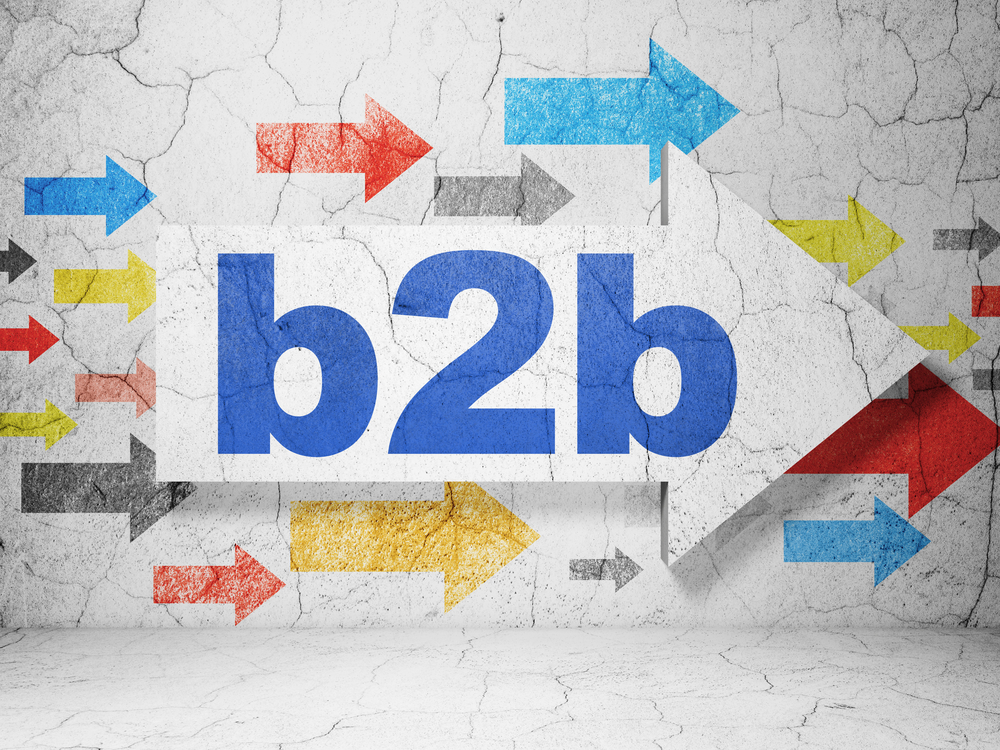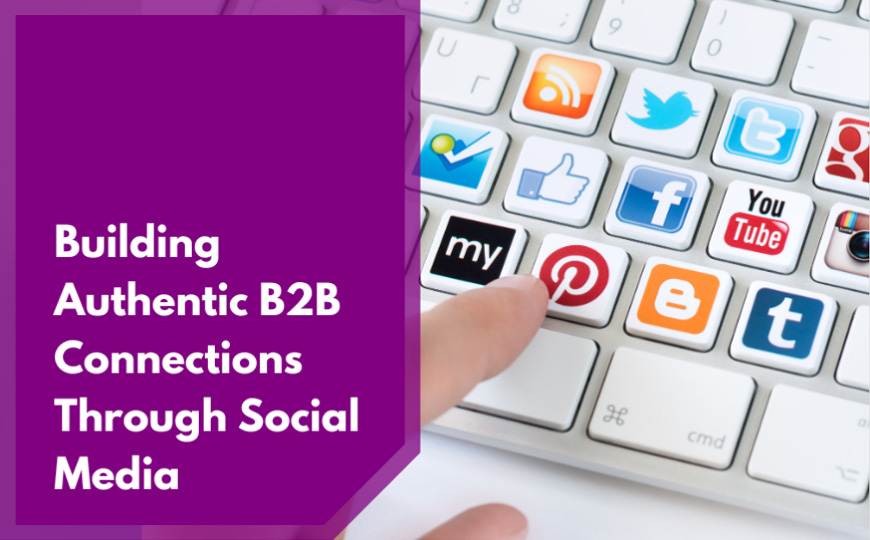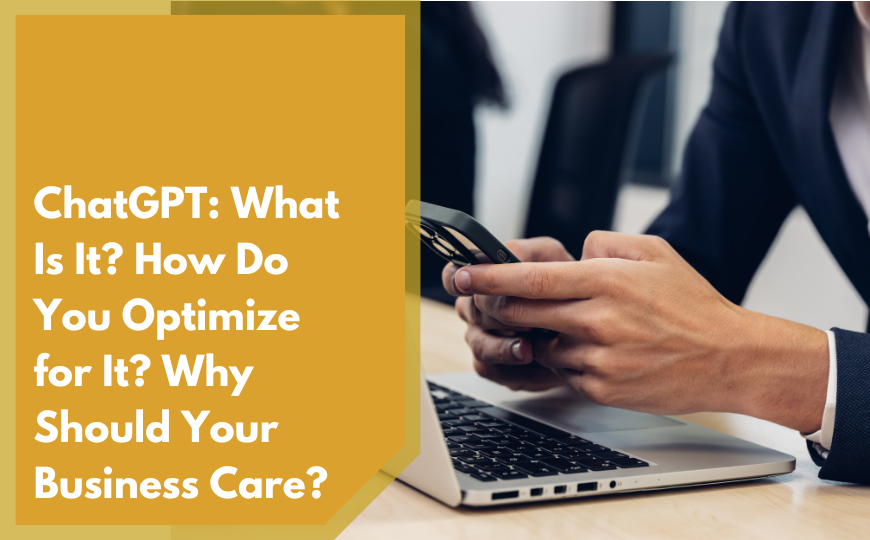In this brave new world, customers are now in control of their own experience with your brand as a result of advancing mobile and social technologies. Besides the direct and outbound B2B marketing techniques that aim to persuade and compel prospective buyers to respond, there are myriad techniques available now at your disposal. These may be a better fit for the different marketing engagement opportunities that present itself due to the changed behavior of the buyers. Potential prospects are now more likely to perform online searches to find and assess a company. They engage all the time, across several touch points from brick and mortar stores to mobile technologies and social.
Engagement Tools Marketers Should Be Using
Employing the right user engagement strategies can help get your brand message out, improve communications with the end users and build robust network funnels. Investing in the right B2B engagement marketing technologies and tools can be the difference between success and failure.
So what are some new engagement tools that marketers should use to reach out to prospects in order to remain competitive?
- Company Website
A company website is a crucial digital asset that projects your brand and expertise in the marketplace. Besides building visibility, it acts a hub of information about your services and products that potential buyers can look up online when researching. In fact a 2014 B2B Procurement Study from Acquity found that 83% of respondents use a company website as an information source for online research before engaging in any business transaction with them. Â So providing targeted website content to educate prospects and also provide solutions for their pain points can help generate more qualified leads. Website personalization technology can effectively help nurture prospects with customized CTAs, case studies, videos and offers based on their interests and DNA (demographics, industry, location, and more). Marketers need to engage website visitors with granular content and messaging to maintain top of the mind preference and also move them down the funnel.
Web and graphic design can positively impact your audience’s perceptions and help differentiate your business from competitors. And since usability is such an important factor, websites must be responsive in design to adapt to large or small screens of all the different mobile devices being used to browse the web. This will encourage prospects to stay on your site for longer and keep returning to your website many times till ultimately they become truly qualified leads.
2. Social
Surprisingly a study on referral marketing found that social media drives nearly 31% of overall traffic to sites. B2B customers on social media platforms such as LinkedIn, Facebook and Twitter are conducting research on a company before making any purchase decisions. So B2B companies have finally caught on to the potential of social media in influencing the users directly and keeping them engaged. Social media networks are now a commonly used source of information even more so than formal referrals and recommendations.
Besides allowing you to network and connect with valuable contacts and influencers, you can setup social media monitoring streams through marketing automation to improve your social listening. Monitor and engage with users who are using hashtags, mentions, or keywords that indicate an interest in a topic related to your business. Offer relevant content in the form of additional articles or ebooks on topics that might pique their interest. You can use tools like HootSuite to expand your contents reach by automating publishing a set of different social posts. Social media can boost the reach of your brand reputation, expertise, and content.
3. Email
B2B marketers have long since used some form of email marketing throughout the sales funnel, but it is especially valuable early in the process to get customers to sign up for a free trial, white paper or report and help nurture leads. With more prospects opening B2B emails on a mobile device, making sure email messages are optimized for mobile has become a necessity as is optimizing the follow-through on the landing page.
Companies can also segment their email lists, with email marketing software like MailChimp, and put potential customers on an email drip sequence according to their actions so that they can be seamlessly led down a particular path (sign up, closing the sale, upsell) based on their unique buyer journey. These emails demonstrate the products value, and create pathways from initial sign-up to closing the sale to possible up-sells. Exclusivity to the message or offer, based on personalization from metrics like open rates, click-through rates or previous transactions can help promote closer customer engagement. For B2B companies, personal emails from one executive to another much later in the purchase process just before a purchase decision can make the difference between closed-lost and closed-won.
4. CRM Tools
A Customer Relationship Management System (CRM) to track and monitor the habits of your B2B customers can really help pinpoint opportunities about how and when people buy. CRM tools help store information about opportunities and clients, including specific interactions with them, in easy to access databases so that you can stay organized and connected, no matter how complex your business operations. CRM tools, like Salesforce or Getbase, optimizes the way companies maintain records about leads and current customers to help you make quicker and more efficient marketing efforts in order to keep the momentum going.
Final Thoughts
Technology is changing fast and in trying to keep up, B2B marketing strategies are becoming more advanced and sophisticated too. Being open to implementing the right B2B engagement marketing technologies and tools can help you remain flexible to changes in the current marketplace and amplify your marketing efforts. DirectiveGroup can help your business navigate this new terrain and guarantee you definite success.






